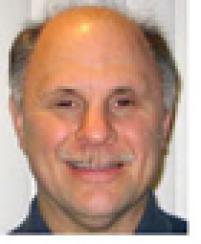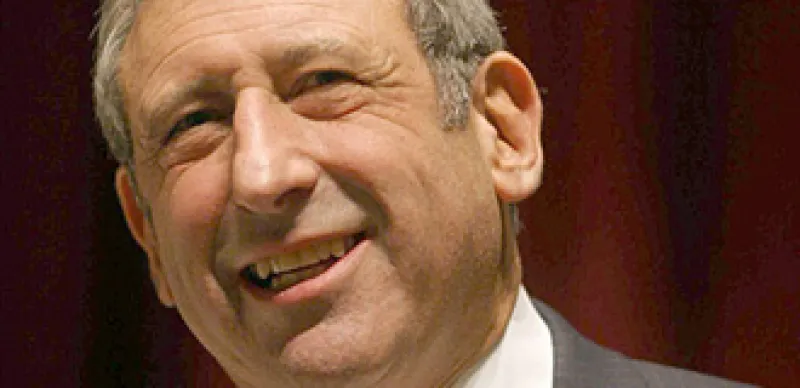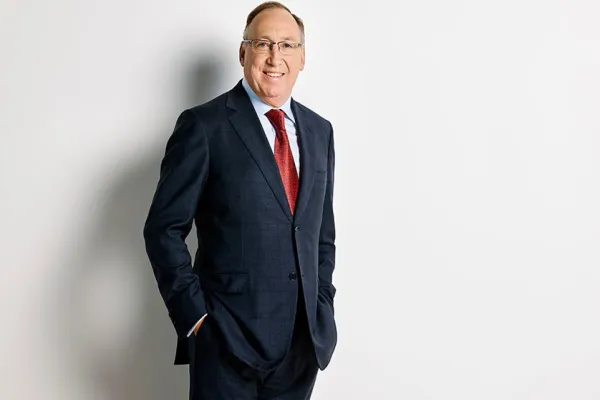The SEC has nailed another one-time hedge fund luminary for insider trading.
In an on-again, off-again probe, the SEC Thursday charged Pequot Capital Management and its Chairman and CEO Arthur Samberg with insider trading in Microsoft securities. Pequot and Samberg agreed to pay nearly $28 million to settle the SEC's charges.
The SEC separately brought an enforcement action against David Zilkha, a former Microsoft employee who later worked at Pequot for allegedly tipping the firm and Samberg with nonpublic information about Microsoft's earnings. "The cases have two particularly troubling aspects — a hedge fund manager trading on illegal insider information, and his tipper source who withheld crucial information about the scheme during an SEC investigation," said Robert Khuzami, Director of the SEC's Division of Enforcement, in a statement. "Both are high-priority targets for SEC Enforcement."
The SEC's complaint alleges that in April 2001 amid rumors Microsoft would miss its earnings estimates for the quarter that had just ended, Samberg sought information from Zilkha, who had just accepted an offer from Samberg to work at Pequot.
The regulator said Zilkha quickly reached out to a Microsoft colleague, who sent him an e-mail stating that the company would meet or beat its earnings estimates for the quarter. According to the SEC's complaint, Zilkha then conveyed to Samberg his understanding that Microsoft would meet or beat its earnings estimates. Samberg then traded in Microsoft on behalf of funds managed by Pequot. Pequot funds made more than $14 million as a result of the illegal trading by Pequot and Samberg, according to the SEC.
Pequot and Samberg agreed to settle the SEC's charges without admitting or denying the SEC's allegations against them. Pequot and Samberg agreed to pay a total of nearly $18 million in disgorgement of trading profits and prejudgment interest as well as $10 million in penalties. With the exception of certain activities aimed solely at winding down Pequot, Samberg also has agreed to be barred from association with an investment adviser.
The SEC noted that in January 2009, the regulator first received direct evidence that Zilkha had material, nonpublic information about Microsoft — when the SEC staff was provided copies of e-mails that had been located on a computer hard drive that was then in the possession of Zilkha's ex-wife.
Samberg, 69, founded the Pequot Partners fund in 1986 while he was a partner at Dawson-Samberg Capital Management with Jonathan T. Dawson. They broke up their partnership in 1998, and Samberg founded Pequot Capital Management. Then, in 2001 he split with his number two person, Daniel Benton, who launched Andor Capital Management. They roughly divided $15 billion in assets.
In the late 1990s, Samberg was widely regarded as one of the hedge fund industry’s biggest names. However, he lost some of the luster over the past decade, and the insider trading probe further eroded his image.
The SEC’s investigation of Pequot has been very controversial. In 2005, the SEC fired Gary Aguirre, who was heading up the Pequot probe. Aguirre claimed the SEC prevented him from interviewing John Mack about whether he provided insider information to Pequot over a 2001 merger between GE Capital and Heller Financial.
Mack had spent one month at Pequot in 2004 after working at Credit Suisse Group since 2001. He became chief executive officer and chairman of Morgan Stanley in June 2005.
In December 2006, the SEC closed the investigation of Samberg and Mack without finding any wrongdoing. The SEC subsequently launched a new investigation of Samberg and Zilkha. In 2009, Samberg closed down Pequot.








